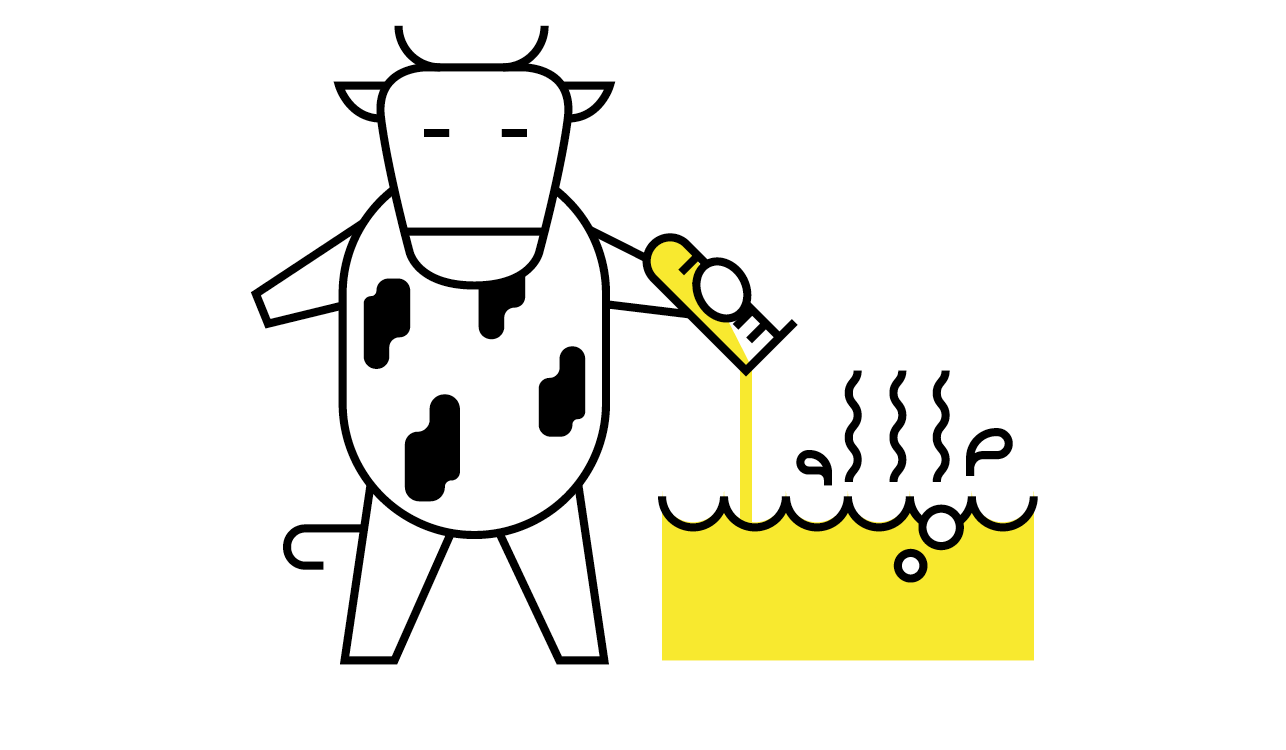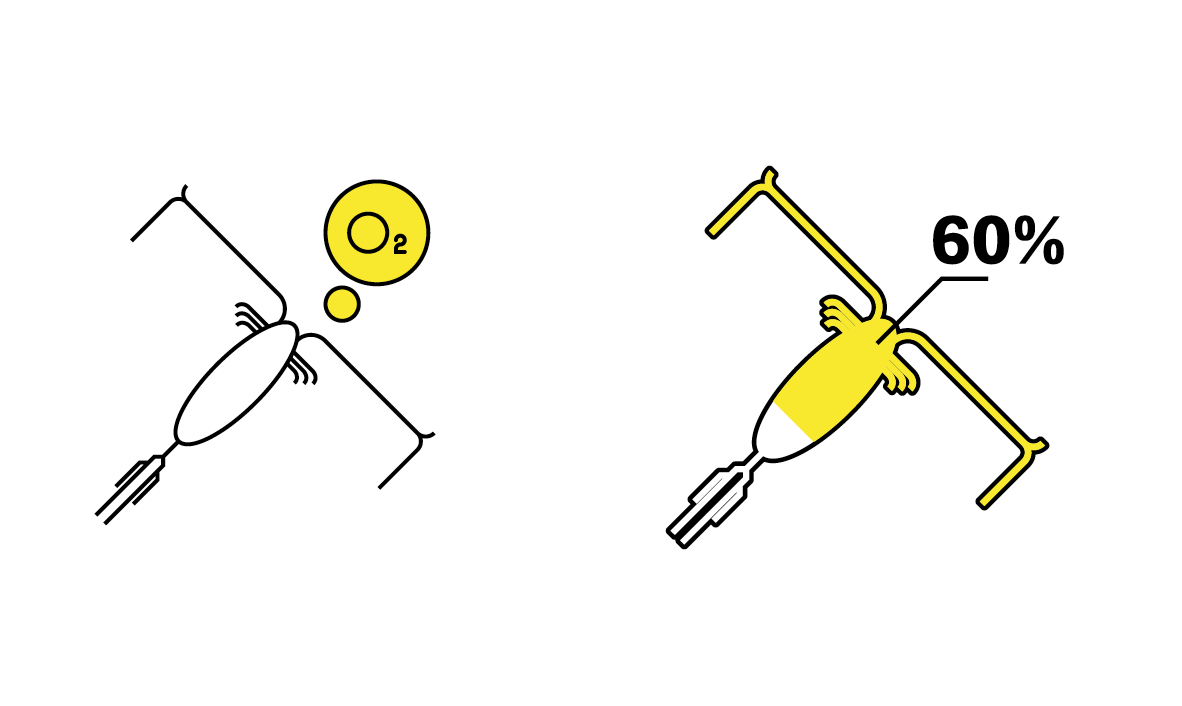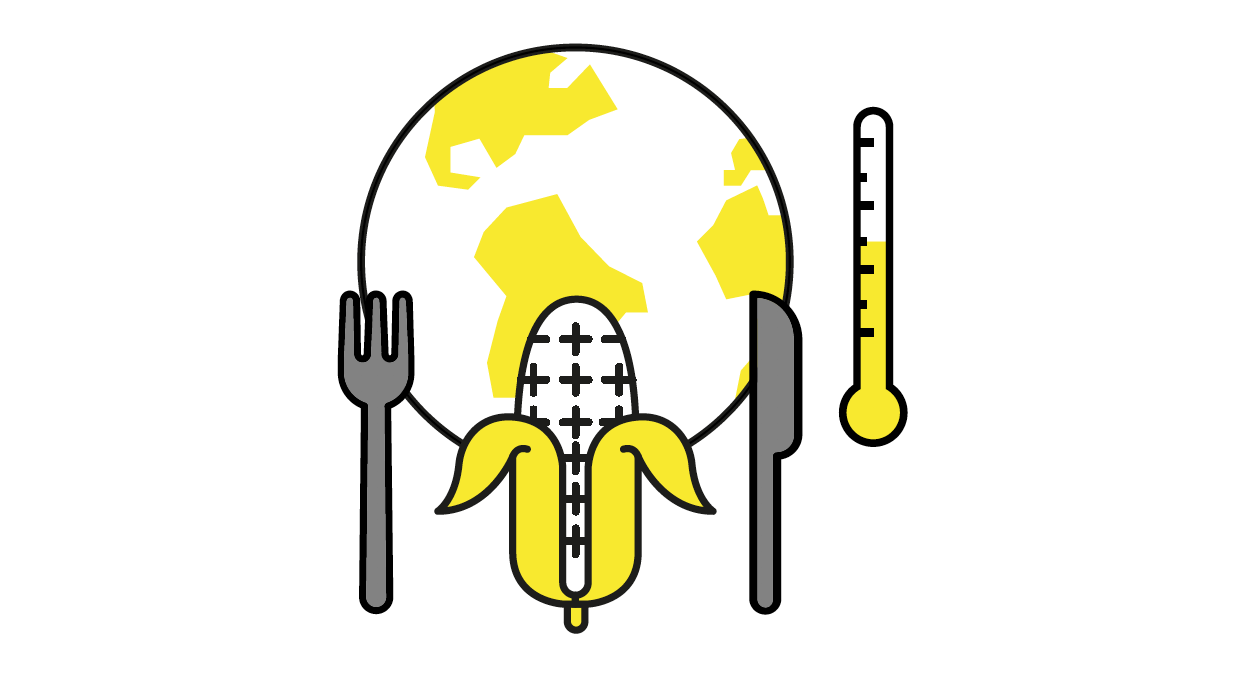
OCEAN WARMING & ACIDIFICATION
problem/solution
THE PROBLEM
Jump to the solution

“Even if world manages to limit global warming to 2°C, the target number for current climate negotiations, sea levels may still rise at least 6 meters (20ft) above their current heights, radically reshaping the world’s coastline and affecting millions in the process.”

“In the past 200 years alone, ocean water has become 30% more acidic.”
“Ocean acidification is happening 10 times faster than that which preceded the extinction 55 million years ago during the Palaeocene Eocene Thermal Maximum, the largest ocean acidification event since the extinction of the dinosaurs.”

“252 million years ago the Permian-Triassic Boundary extinction caused by ocean acidification wiped out more than 90% of marine species and more than two-thirds of the animals living on land.”


"Tropical reefs have lost more than half their reef-building corals over the last 30 years. .. At current projected levels of warming and acidification, coral reefs could be lost altogether by 2050."
"Phytoplankton, grow and get their own energy through photosynthesis and are responsible for producing an estimated 80% of the world’s oxygen."
[80] Whitman, S. 2017
PHYTOPLANKTON DOWN 40%
“Phytoplankton numbers are down 40% since the 1950s.”

THE SOLUTION
Back to the problem

The reason for the wide variation between FAO’s 14.5% and World Watch’s 51% is accounting period. FAO uses the commonly accepted but arbitrary 100 year greenhouse gas accounting, whereas World Watch uses 20 year accounting. Livestock are the greatest source of short term emissions, so when their warming impact is assessed over 20 years, livestock become the single biggest greenhouse gas source. World Watch also include CO2 emitted when livestock breath out, a point of contention with some industry authors.
“We could sequester more than 100% of current annual CO2 emissions with a switch to widely available and inexpensive organic management practices.”


“For a given climate stabilization level, less radiative forcing from CH4 and N2O [less meat] means more 'room' for CO2 emissions. This in turn implies that the energy transition away from fossil fuel technologies with high CO2 emissions can be delayed...”